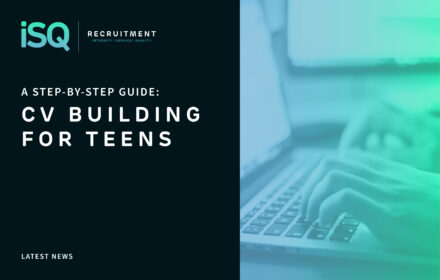CV Building for Teens: A Step-by-Step Guide
Creating your CV isn’t an easy task and is a major part of applying for various opportunities. A CV, or curriculum vitae, is a document that outlines your education, experience, and qualifications. It’s an extremely important document that can make or break your ability to land an opportunity or job. Whenever you are applying for a job, it is essential to have a well-crafted CV. It is also important for college/university applications and personal development. It is vital to create a CV that accurately and effectively showcases your abilities and experiences in order to stand out amongst a crowd of applicants. This article will explain the steps and provide resources to support you in your CV development.
Step One: Research
The first step when building a CV is to do some research. You’ll want to learn about the different types of CVs, the different sections they have, and the purpose each section serves. For example, if you’re applying to a job that requires a lot of technical skills, you may want to make sure to highlight those skills within a dedicated “skills” section.
You’ll also want to learn about the format of the CVs. Generally, CVs are either chronological, functional, or a combination of both. A chronological CV lists your work history and educational background in reverse chronological order, while a functional CV focuses more on the skills and attributes you have developed throughout your life. A combination CV combines the strengths of the two, giving a clearer idea of the experiences you have had.
Step Two: Brainstorm
Once you’ve done your research, it’s time to start thinking about the experiences you want to include in your CV. Think about any jobs you might have had before, internships or apprenticeships you have completed, or even any hobbies or activities relevant to the position you are applying for. It’s also important to think about the transferable skills that you possess. These are skills that may not stem from a job or internship, but rather catch the eye of a potential employer.
Step Three: Gather Info
Now you can begin gathering your information. Make sure to collect contact information (name, email, phone number) for any references you will need. You should also make sure to have any necessary data about your experiences and qualifications. This could include the dates of the experience, any awards you may have received, or the job title you had. Make sure to have all this information organized so it can be easily found when you need it.
Step Four: Design
One of the most important parts of creating your CV is the design. You’ll want to choose a font that is clear and easy to read, as well as a format that you feel confident in. You can also opt to use a template, which will provide you with a structured document to fill out. There are plenty of free templates online, but make sure to pick one that fits the format you decided on in the previous step.
Step Five: Create
Time to put the document together! Begin with the personal statement which provides a summary of who you are, and what you’re looking for. List your experiences and skills, as well as any qualifications or awards you may have received. Feel free to include any hobbies, activities, or extra information that you feel may help show you are the best candidate for the job.
Step Six: Proofread
The last step in creating your CV is proofreading. Double check for any spelling and grammar errors, as well as ensuring that each section is accurate and up-to-date. It is in your best interest to have someone else review your CV as well. That way, the perspective of another person will help shed light on issues that you may have overlooked.
Conclusion
Creating a CV can be a lengthy process, but as long as you take it one step at a time, it will not be overwhelming. The first step is researching the different types and formats of CVs. Then, brainstorm the skills and qualifications, gather the necessary information, design the CV, create the document, and finally proofread. A successful CV will take all these steps into consideration. Here are a few final tips for creating the best CV possible: keep it concise, be honest about your qualifications and experiences, and make it visually appealing, but keep it simple.
Resources
If you are still unsure of how to go about making a CV, there are plenty of resources to help. Check out some sample CVs or resume building websites for guidance. Additionally, if you need help structuring and wording your CV, there are professional CV writers available to assist you.



